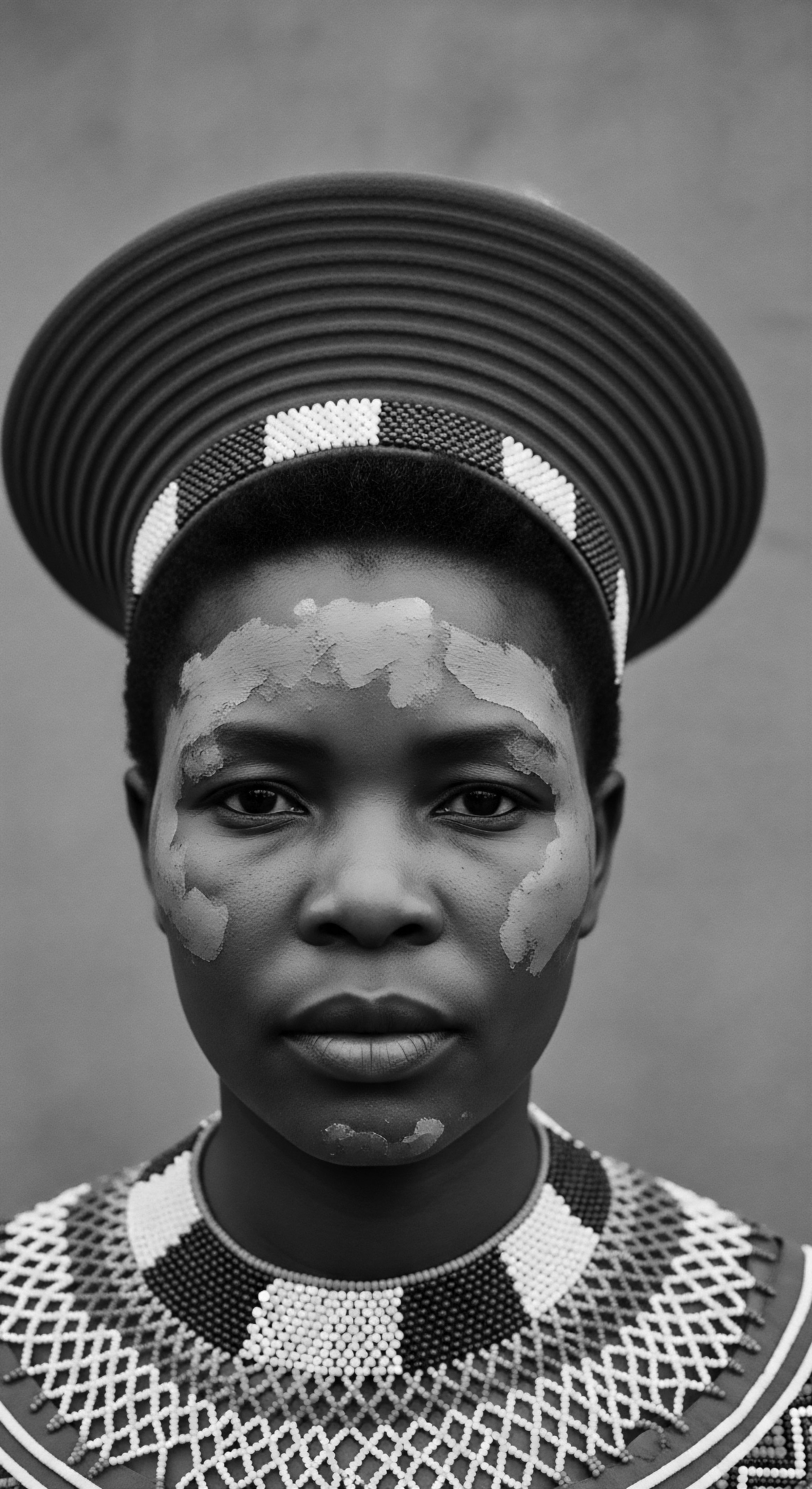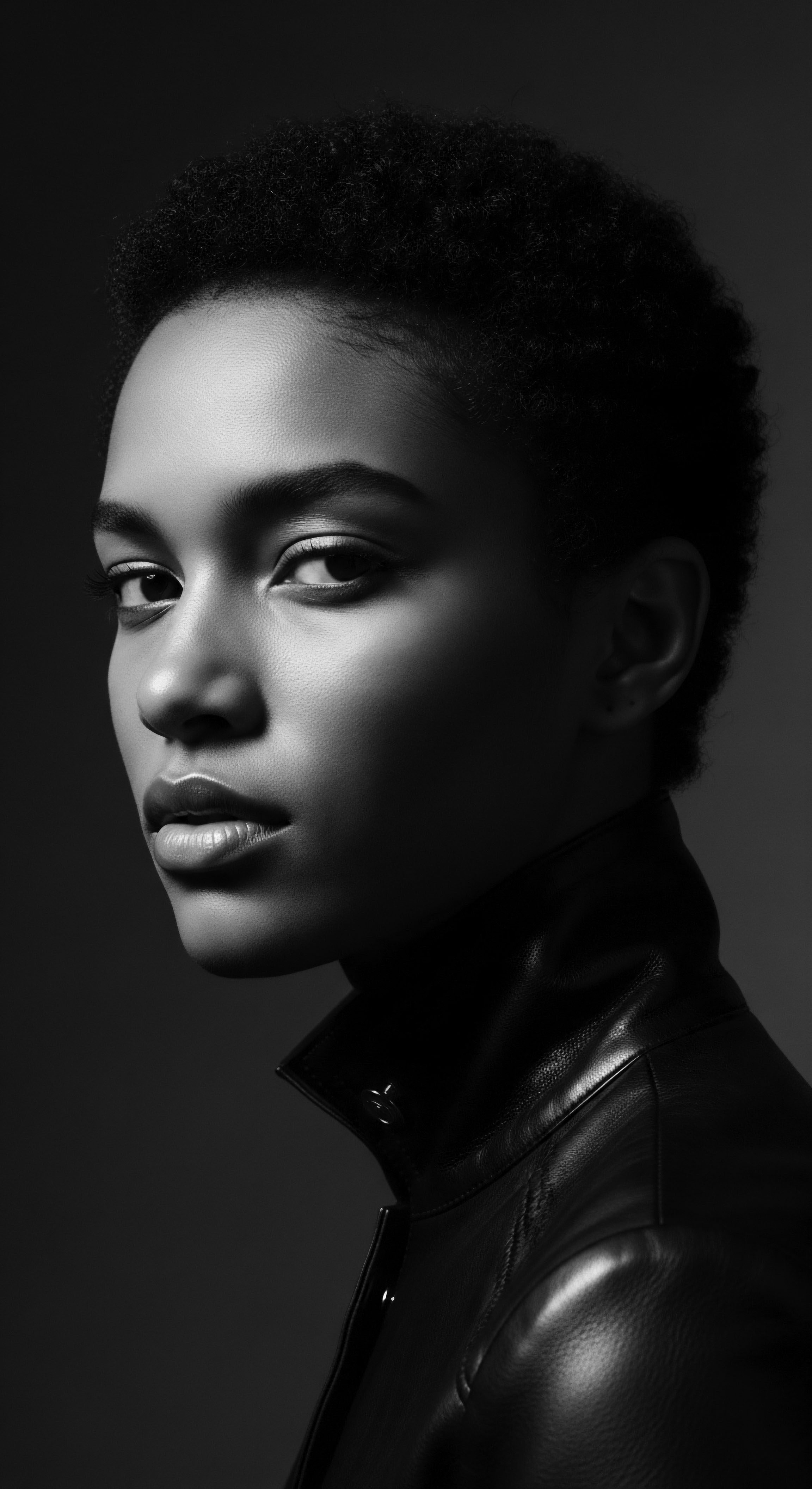
What spiritual beliefs surrounded ancient textured hair protection?
Ancient textured hair protection was deeply interwoven with spiritual beliefs, seeing hair as a sacred conduit to heritage and divine power.

What ancestral styles protected coiled hair?
Ancestral styles like cornrows, twists, and specialized coverings shielded coiled hair by minimizing manipulation and retaining moisture.

Botanical Sunscreen
Meaning ❉ Botanical sunscreen harnesses plant compounds for sun protection, reflecting ancient wisdom in textured hair care traditions.
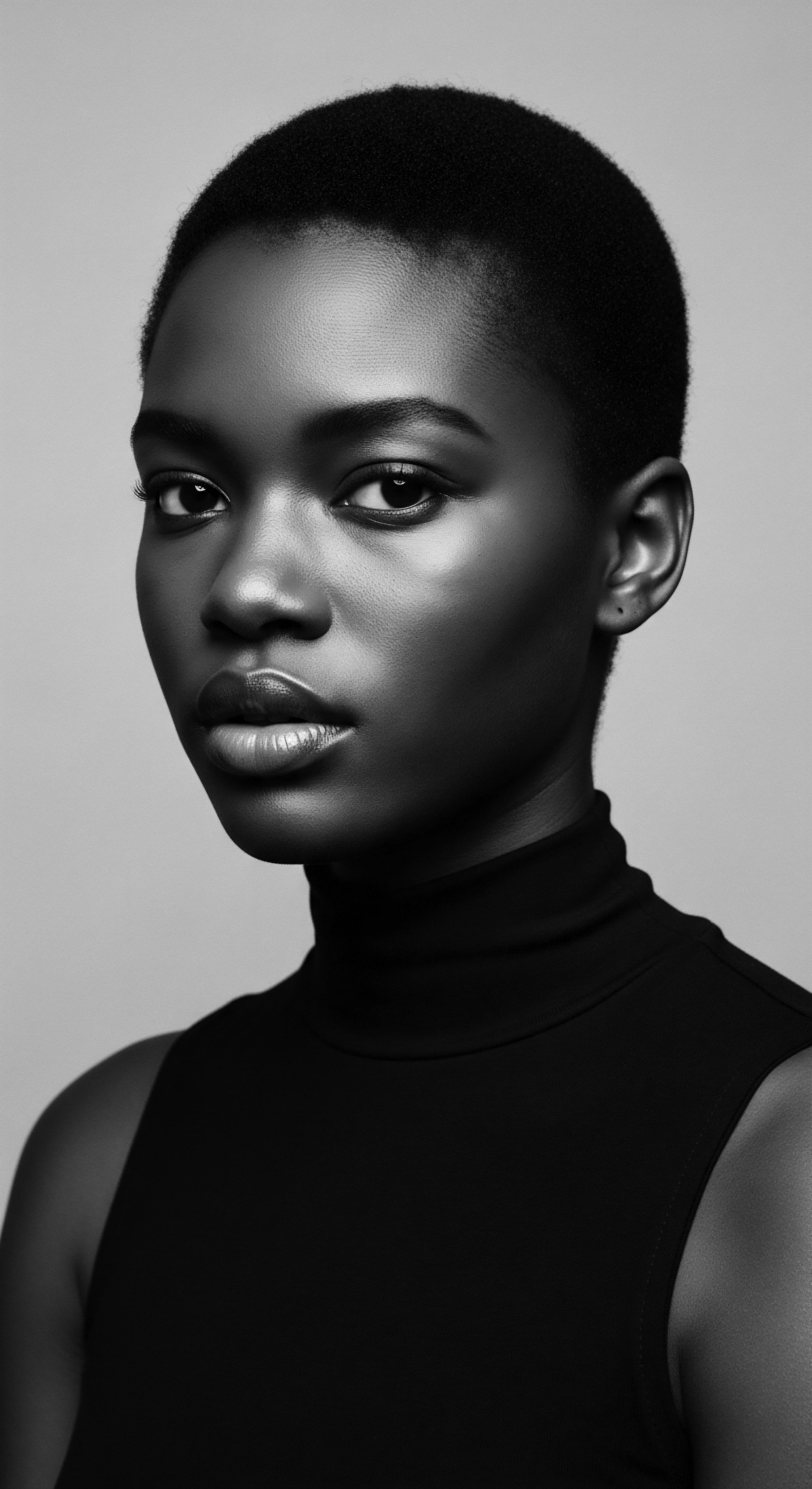
African Sun Shield
Meaning ❉ The African Sun Shield encompasses the inherent protective qualities of textured hair and the ancestral practices that historically safeguarded it.

How did ancient African communities protect hair?
Ancient African communities protected hair through natural resources, strategic protective styles, and holistic rituals, deeply rooted in textured hair heritage.
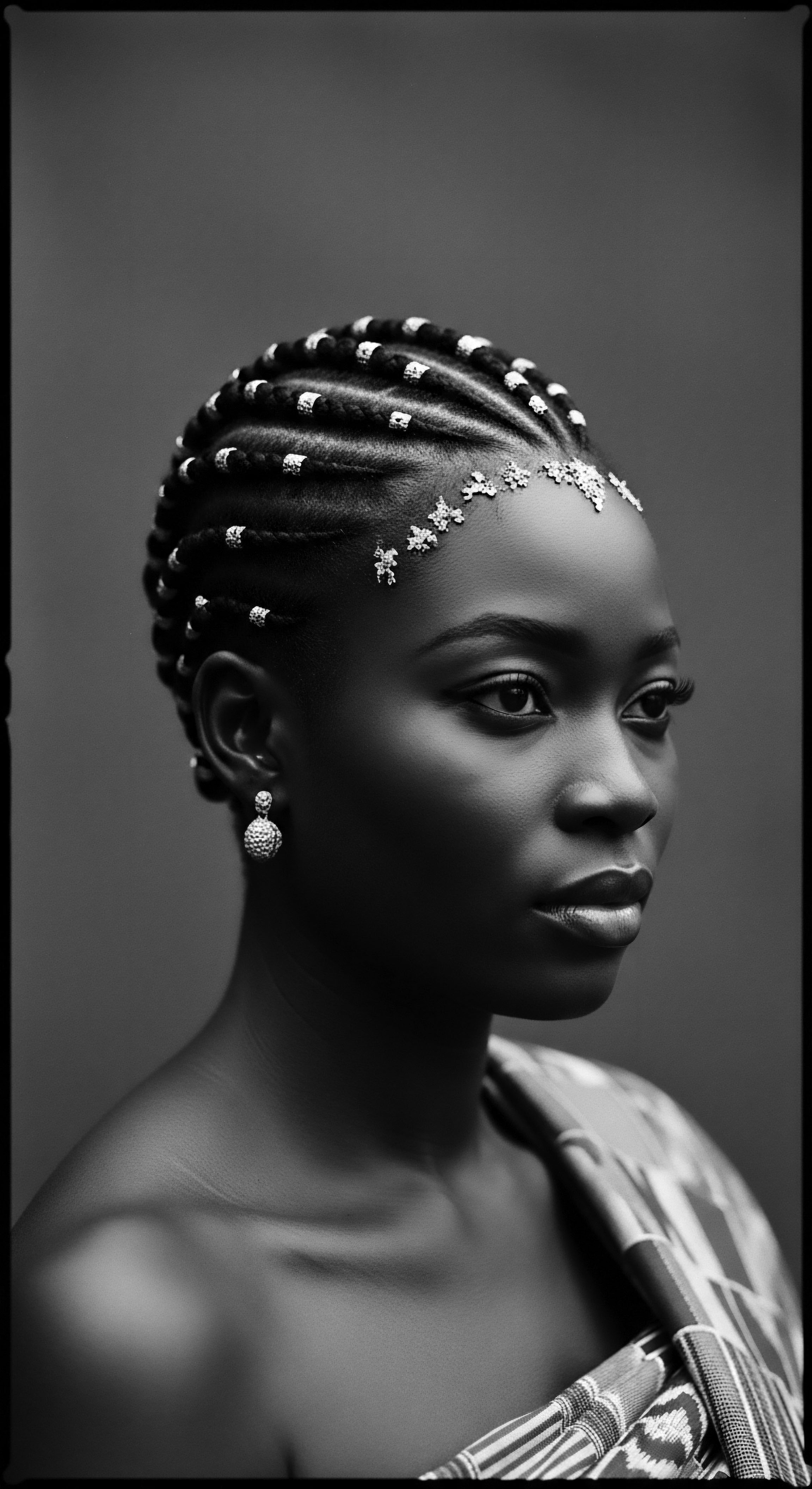
What ancestral hair practices did head wraps protect?
Head wraps shielded textured hair from elements, preserved intricate styles, and became powerful symbols of cultural identity and defiance.

How did pre-colonial practices influence textured hair protection?
Pre-colonial practices influenced textured hair protection by integrating ancestral knowledge of hair's biology with cultural symbolism and natural resources.

How did ancient African environments shape hair protection?
Ancient African environments shaped hair protection by driving the evolution of textured hair's protective qualities and inspiring ancestral care practices.

What traditional methods shielded textured hair from environmental exposure?
Ancestral practices shielded textured hair from environmental exposure through natural ingredients, protective styles, and holistic care, rooted in heritage.
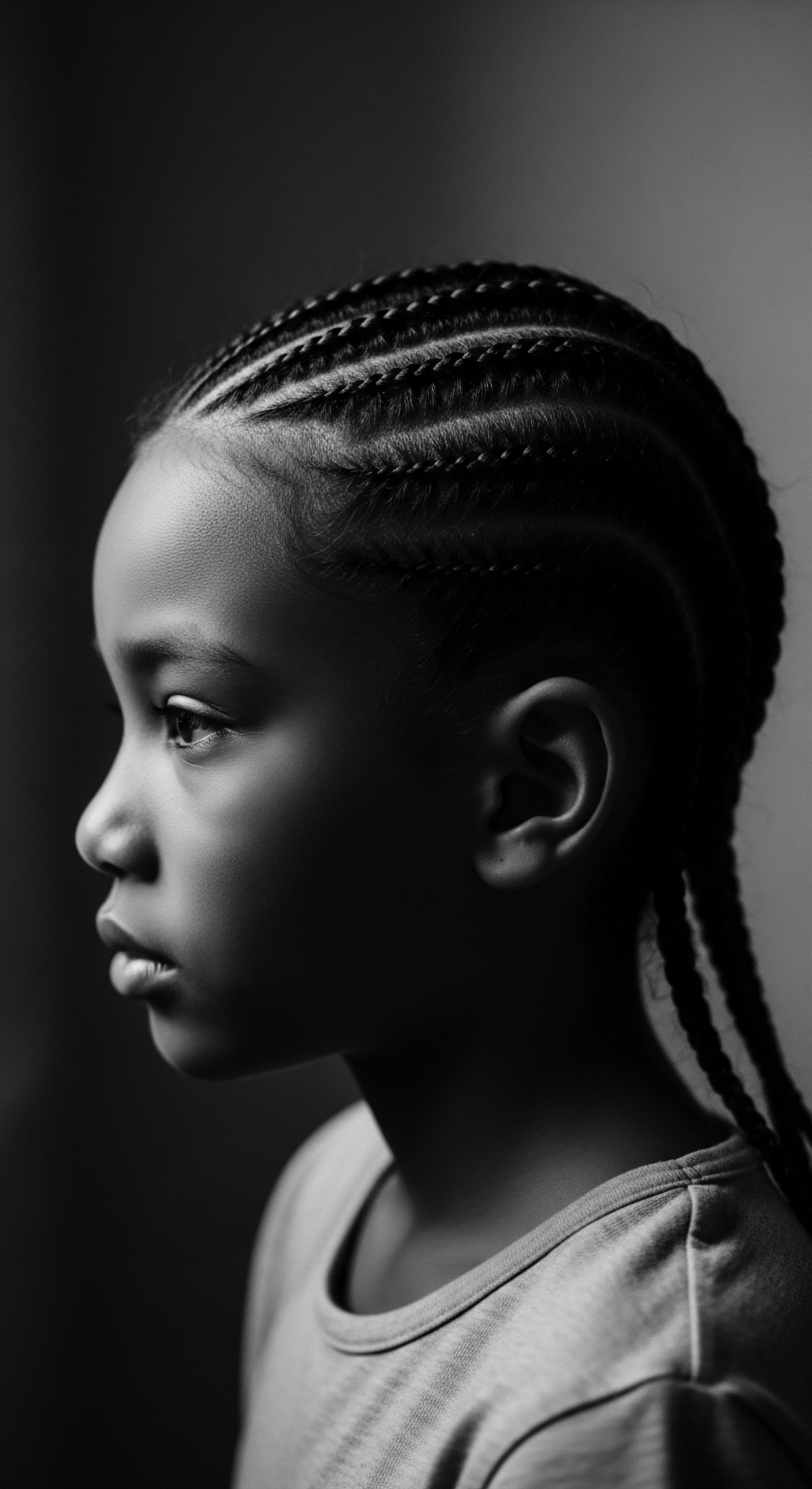
How did African ancestors protect textured hair from environmental stress?
African ancestors shielded textured hair from environmental stress through botanical emollients and intricate protective styling, preserving its ancestral strength.

How did ancient African cultures protect hair at night?
Ancient African cultures protected hair at night through wraps, headrests, and oils, preserving textured hair heritage.

How did ancient Africans protect textured hair at night?
Ancient Africans used headwraps and protective styles to safeguard textured hair, honoring its heritage and structural integrity.

What materials were traditionally used for textured hair protection?
Traditional textured hair protection used natural butters, oils, clays, and silk or satin textiles to preserve health and heritage.

How did African ancestors protect textured hair from sun exposure?
Ancestral African societies utilized protective styles, natural oils, and head coverings to shield textured hair from solar exposure.

Why do headwraps protect textured hair?
Headwraps safeguard textured hair by reducing friction and maintaining moisture, continuing a deep ancestral tradition of care.

How do traditional African hair styles protect textured hair?
Traditional African hair styles protect textured hair by minimizing manipulation and shielding strands from environmental stressors, honoring a deep heritage.

What historical tools supported African hair protection?
Historical African tools, from combs to wraps, protected textured hair and served as vital symbols of identity, status, and heritage.

How did ancient Africans protect their hair?
Ancient Africans protected their hair through sophisticated protective styles, natural botanicals, and communal rituals, honoring its heritage.

What traditional ingredients were used for textured hair protection?
Traditional ingredients like shea butter, Chebe powder, and castor oil, deeply rooted in heritage, protected textured hair by sealing moisture and preventing damage.

